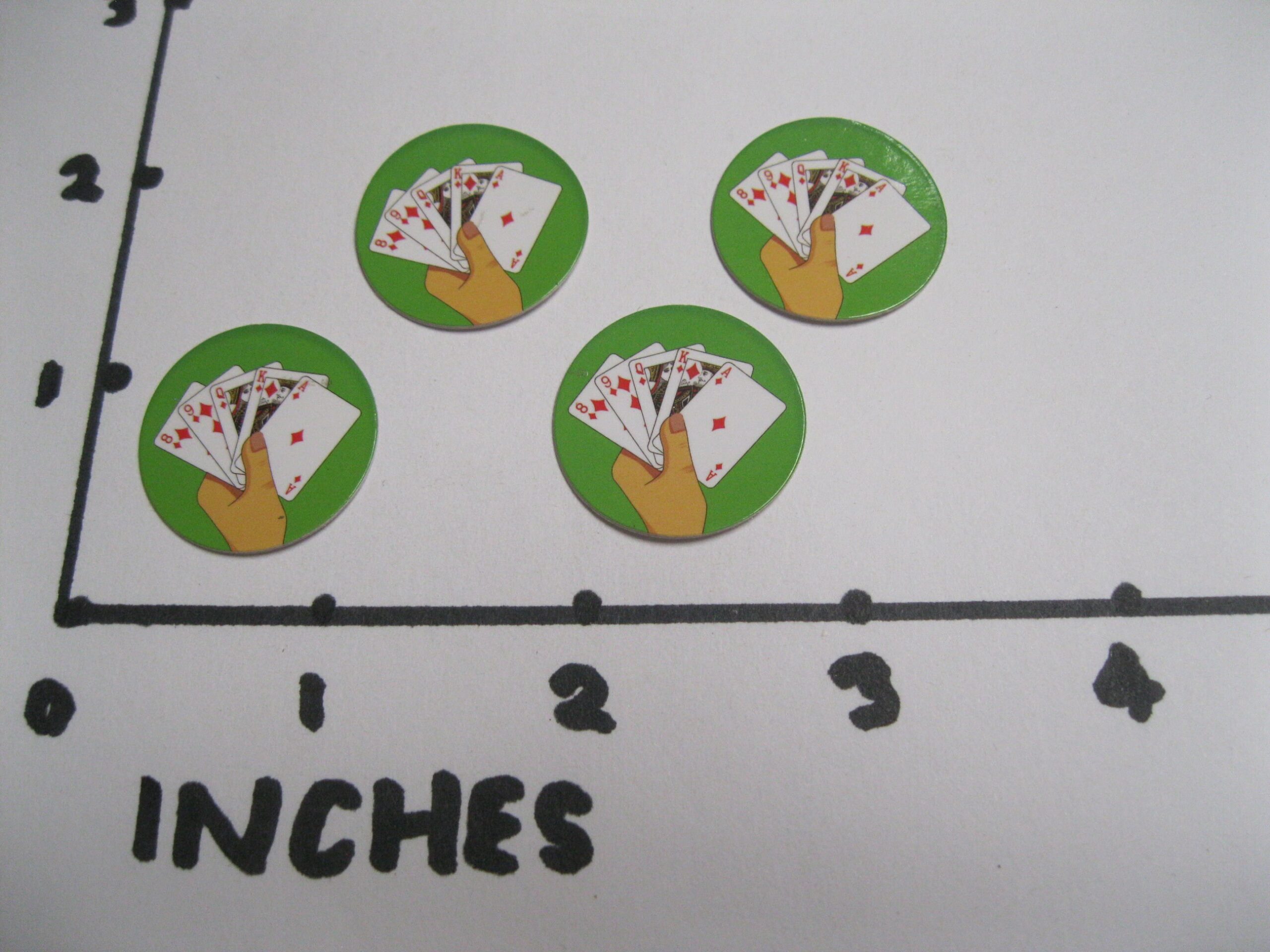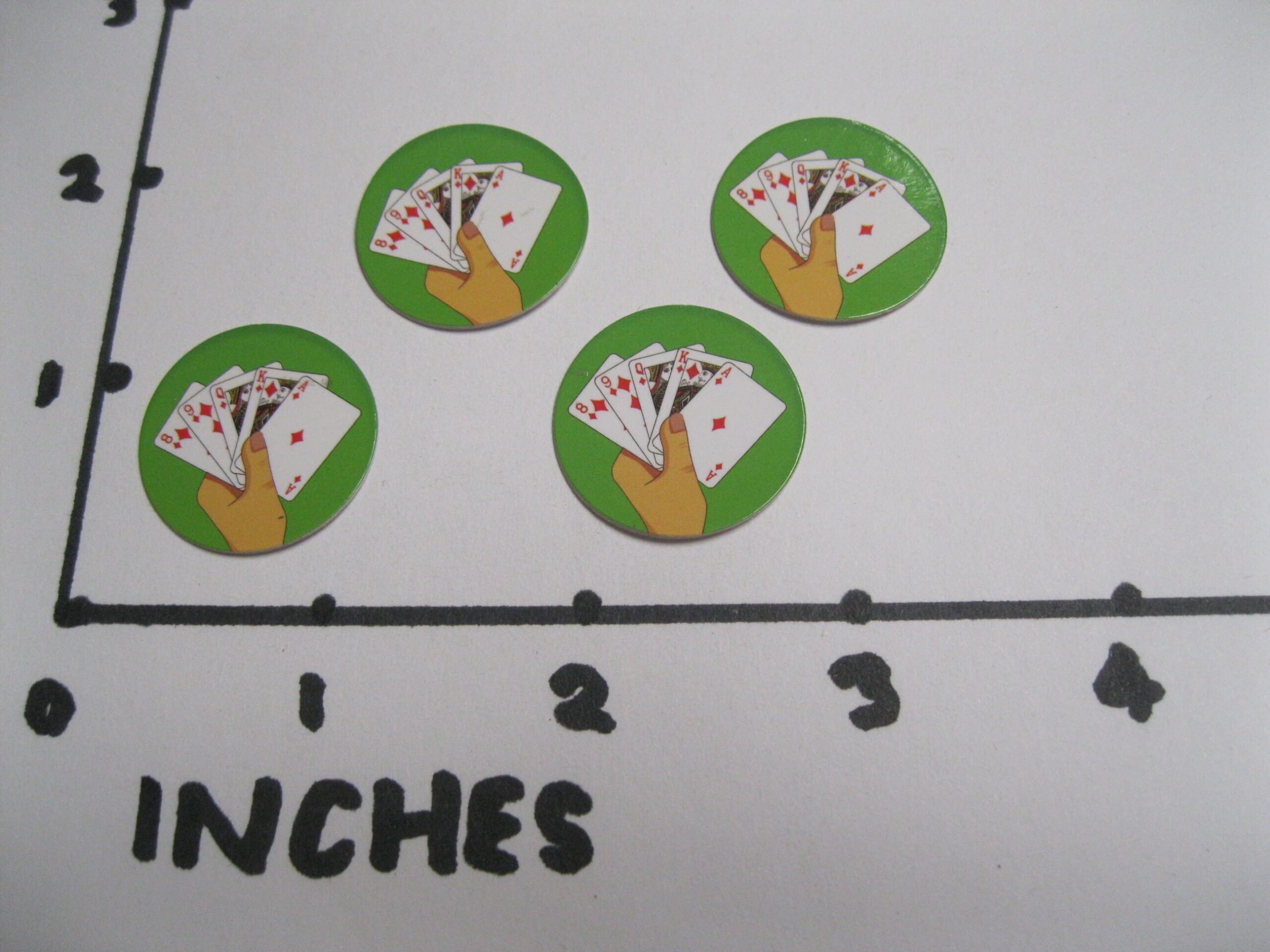A nut flush in poker is one of the strongest hands that a poker player can have in his hand, consisting of five consecutive cards of one suit that can win you the pot. Recognizing when one exists is crucial as it allows you to maximize betting opportunities.
A nut flush in poker can be formed using any five card poker hand. A straight may consist of three to eight consecutive cards of one suit. In contrast, full houses consist of four of the same cards plus two matching overcards – though in certain circumstances nut straights may be stronger as they cannot be improved further into stronger combinations.
The term nut in poker refers to two things. First, it can refer to any flush, while also denoting the highest possible straight in any given game. Second, some players use “nut flush” to refer to any ace-high flush (even though jacks-high flushes could technically qualify under some boards allowing full houses). Most often though, when considering their hand the “nut”, an Ace and either Queen or King is usually sufficient to qualify as such a hand being considered one of these “nut hands”.
When holding the nut flush, it is wise to play aggressively and maximize your winnings. However, you must remain alert of the possibility that other players might possess royal flushes; should an opponent appear with such an advantage it might be wiser for you to fold and save some of your funds.
As the preflop raiser, you will often have a substantial range advantage at the flop. As such, bet all of your flush draws (both low and high). This can force folds from opponents who hold lower flush draws, as well as prevent big draws being formed which increase your odds of taking down the pot.
To determine whether you possess a nut flush, first assess the board texture and your opponents’ tendencies, as well as consider the probability that another player might turn or river a superior hand.
A nut flush is one of the strongest hands in poker, and when executed properly can be highly profitable. To maximize its profit potential, it is vital that you carefully study board texture and opponent betting patterns so as to make informed decisions when to call, fold or bet in position – this way reducing risk should a better hand call you with better cards than yours and risking your stack being lost to this opponent. By following these tips you increase your odds of netting big at the poker table!


